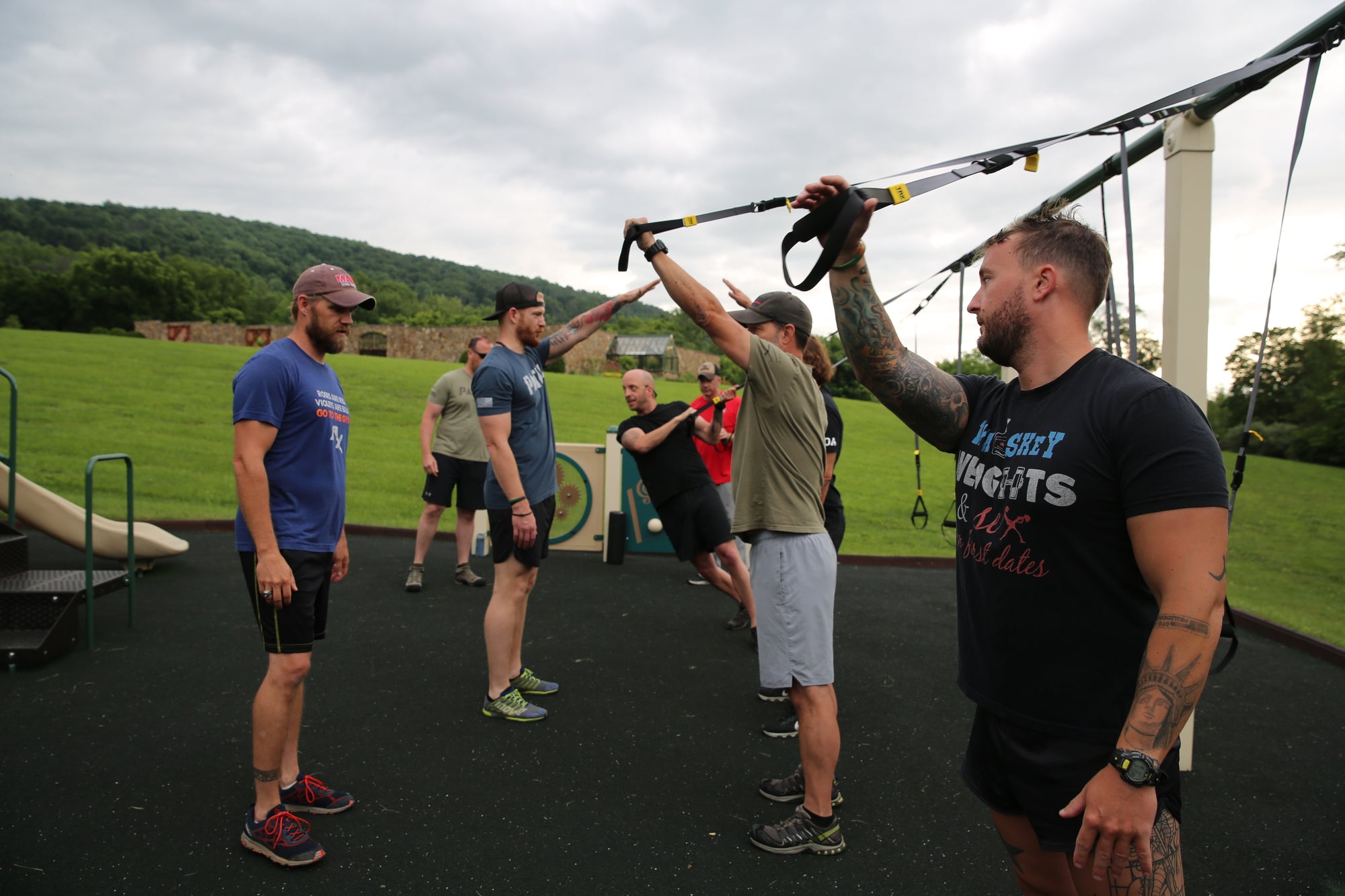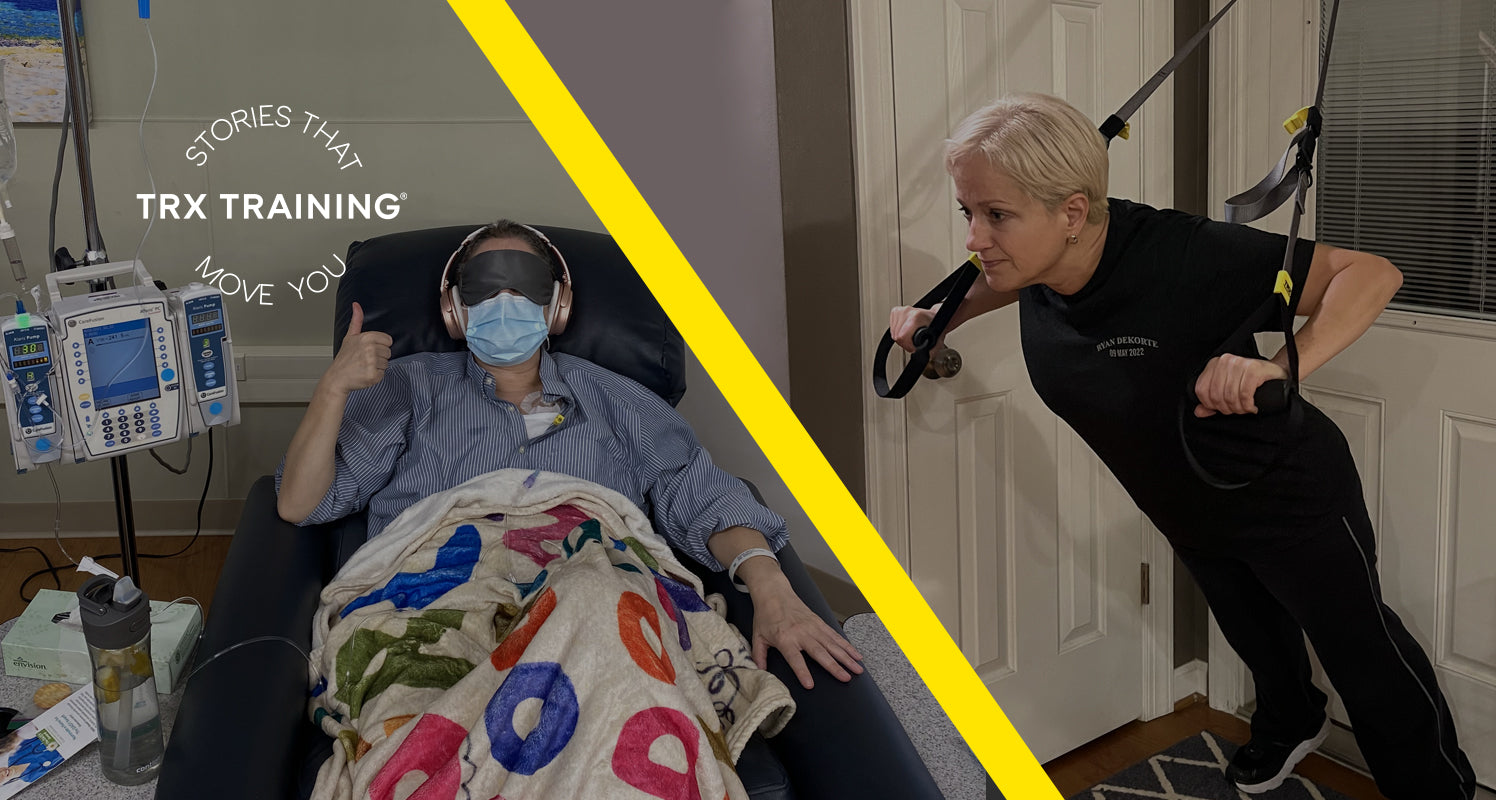There is nothing quite like the disappointment of excitedly starting an exercise program, preparing for a new season of your favorite sport, or attempting a personal record (PR) only to find yourself injured and on the sidelines. It can also be very frustrating when that dull ache or pain becomes more bothersome as you continue your favorite activities.
Sports injuries are extremely common and will affect approximately 21 percent of active adults (Bueno et al., 2018). In the case of youth athletes, approximately 44 percent will suffer an injury at some point in their athletic careers (Prieto-González et al., 2021).
Sports injuries can range from mild to severe and are classified as acute or chronic (more commonly described as overuse injuries. Acute (sudden) injuries may be the first that comes to mind with sports such as soccer, football, and wrestling.
These types of injuries often prompt the athlete to seek medical attention and can sometimes be severe most commonly involving the knee (54 percent), the hand (11 percent), and the shoulder (7 percent). Conversely, overuse injuries are often overlooked as they present with a gradual onset of symptoms. It is not uncommon for an athlete or active adult to not recognize they are dealing with a serious overuse injury and continue to participate in their sport without a visit to a healthcare provider (Wojtys, 2010).
What are some of the most common sports injuries? Are they preventable? How are they treated?
ACUTE INJURIES
ANKLE SPRAIN
Sprains are simply a stretching or tear in one more ligament (the tissue that connects bone to bone). They commonly occur in the ankle, knee, wrist, or thumb, though ankle sprains are most common. In the ankle, sprains often occur from poor landings or maneuvering on an uneven surface leading to uncontrolled movements.
SYMPTOMS/DIAGNOSIS OF AN ANKLE SPRAIN
Ankle sprains can cause pain, swelling, stiffness, bruising, and limited range of motion at the ankle. They are often classified by severity as a grade I, II, III, with a grade I leading to some pain and swelling and grade III (full tear) leading to a full loss of function at the joint in addition to pain, swelling, and bruising. Diagnosis can be made clinically and with an X-ray to rule out fracture, however, the gold standard of diagnosing a sprain is an MRI as soft tissue injuries will not show up on X-rays (May Jr & Varacallo, 2020).
TREATMENT/REHABILITATION OF ANKLE SPRAIN
Rest, ice, compression, and elevation (R.I.C.E) are the first line of treatment when a sprain occurs. NSAIDS just as ibuprofen or Motrin can be used for pain. Mild sprains (i.e., grade I) will heal on their own with proper rest, but more severe sprains may require treatment.
The options for treatment are full immobilization with a cast, functional treatment which uses a bandage or brace followed by functional training to rehabilitate the joint, and surgery. The gold standard for most sprains is functional training as it helps to prevent a reoccurrence of the sprain. Manual therapy (i.e., joint mobilization and soft tissue massage) can be performed by a physical therapist followed by a program focusing on balance and strength will help the patient return to normal activity for higher grade sprains if surgery is not chosen (Martin & McGovern, 2016).
PREVENTING ANKLE SPRAINS
Neuromuscular training programs to correct ankle instability can go a long way towards the prevention of an ankle sprain or re-injury. A well-designed ankle injury prevention program will contain elements of flexibility (to restore normal range of motion), agility, balance, plyometrics, and strength training (Caldemeyer et al., 2020).
The OHSA provides a quick and easy tool to screen for ankle instability and overall ankle mobility. Pay special attention to any client with an excessive forward lean compensation. If the client has this compensation, it is recommended to elevate the client's heels to see if the excessive forward lean is corrected. If the client's form improves, likely there is a mobility restriction in the ankle joint (Clark et al., 2014). Ankle stability exercises can easily be included in a client's training program via the NASM-OPT model.



